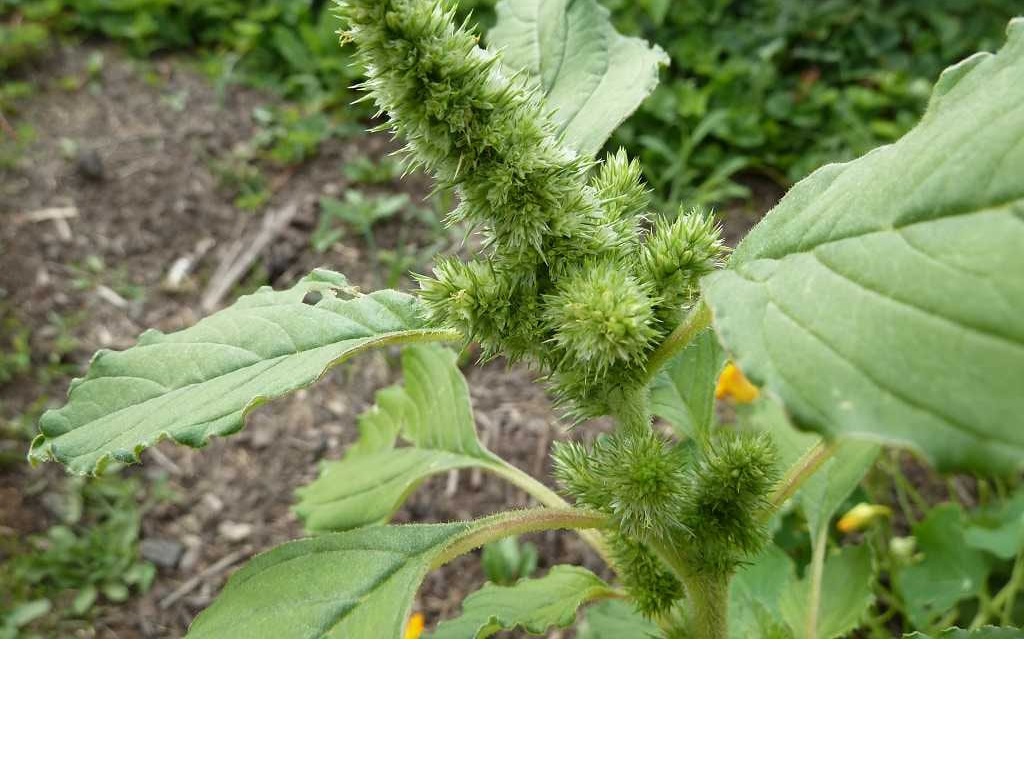Hello, Let Me Introduce Myself
When we first started gardening, we proudly tilled the earth to a fine texture and made beautifully straight lines running through it. We planted our seeds and covered them back up. It looked good, it really did, no weeds, nothing green, just the brown earth waiting to germinate those vegetable seeds we had planted. Well, in a couple of weeks some of our seeds started to sprout, but other seeds started to sprout too. It was in this moment that we finally, after all these years, were introduced to Amaranth.
"Technological capacity has burgeoned, whilst human attentive capacity - the capacity to be with, might be the best I can put it - has atrophied, astonishingly, and badly."
At the time, we did not know that this was an absolutely amazing plant, because for us, it was just a weed. But this weed would not go away, it kept coming back, ruining our perfectly manicured garden. Now looking back with a little more perspective, we realize that the only thing it ruined was our preconceptions about what belonged where.
"We have a mythology that informs most of our thinking, yet we rarely acknowledge its existence, if we recoginize it at all. The mythology of your culture hums in your ear so constantly that nobody pays the slightest bit of attention to it."
Amaranth is the common name for around 40 different species in the family of Amaranthus. It has been and is valued throughout the world for its nutritional leaves, stems, and grain, as well as for its ornamental value. Though it is loved by many, it is also hated by many too, as it tries its hardest to cover the wounds of disturbed soil. With perspective, Amaranth can be seen as a plant with so much potential to feed and to heal, and we consider it a privilege to be finally getting to know this hero of the plant world.
"What would the world be, once bereft, of wet and wildness? Let them be left. O let them be left; wildness and wet; Long live the weeds and the wilderness yet."

